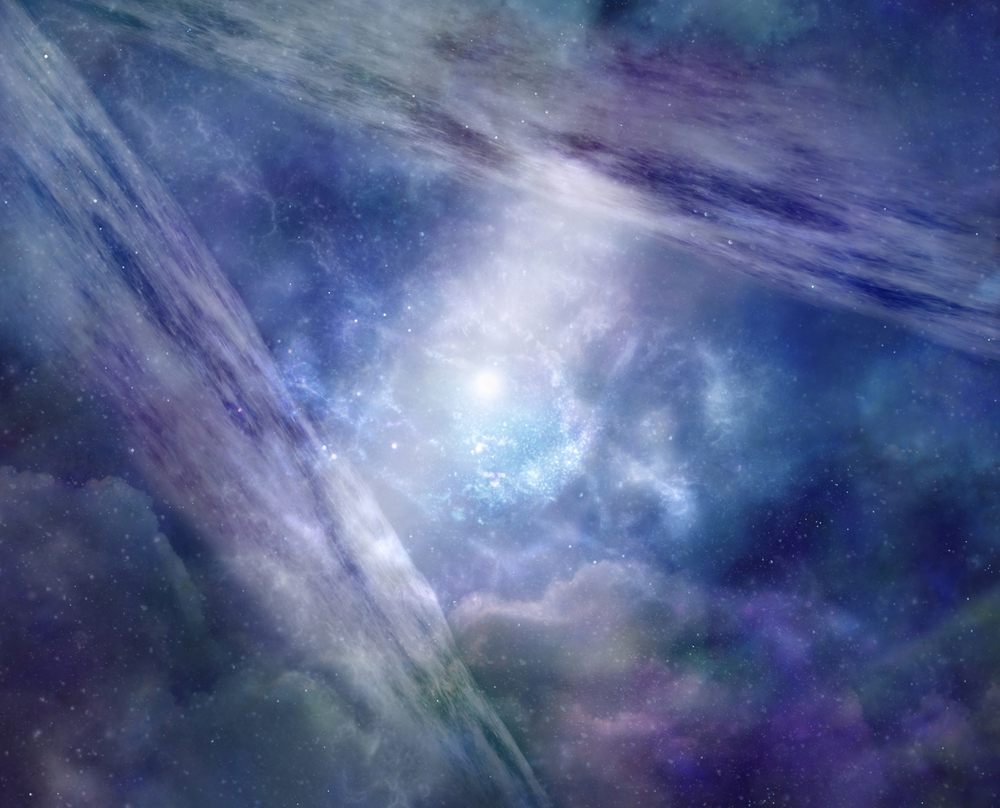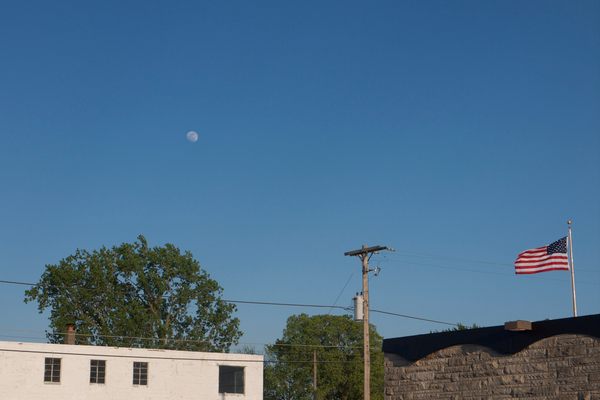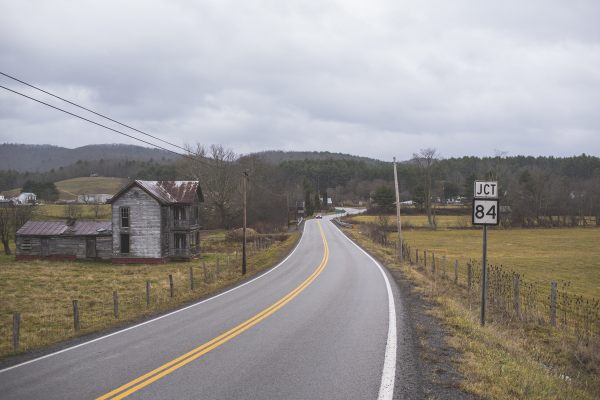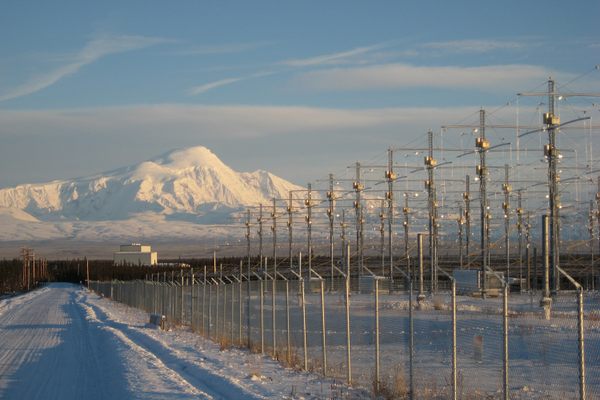The Scientist Who Thinks He Found Proof of a Parallel Dimension
Not sci-fi, just science.

An imagined view of parallel universes. (Photo: Nikki Zalewski/shutterstock.com)
Parallel universes have long been a staple of superhero comic books, where they usually go hand-in-hand with stories about bizarro worlds just like ours, gone terribly wrong.
But despite their place in science fiction, scientists have taken the idea of parallel universes seriously for quite awhile now. And a mysterious blob discovered in 2015, in a map of our own universe’s glow, might actually be a cosmic bruise—a sign that our universe has collided with another one.
How does this work? First, you need to understand the cosmic microwave background, or CMB—the oldest light in the cosmos. Essentially, it’s a steady, persistent background radiation filling the universe, left over from the Big Bang. (It’s believed to be the vestigial result of recombination, the moment when neutrons and electrons first combined to create hydrogen.)
After mapping and analyzing the CMB using data from the European Space Agency’s Planck telescope, Ranga-Ram Chary, a cosmologist at the California Institute of Technology, thinks that he’s spotted a telling inconsistency in the pattern: a blob of light that’s about 4,500 times brighter than it should be, based on our existing understanding of the early universe. As Phys.org explains it, the blob’s signature is “more consistent with a universe whose ratio of matter particles to photons is about 65x greater than our own.”

Mapping cosmic radiation: the different colors indicate 3.77 billion year old temperature fluctuations. (Photo: NASA/WMAP Science Team/Public Domain)
Okay, that may sound less exciting than a universe in which Superman and Wonder Woman have formed an evil alliance. But it’s consistent with more serious theories of parallel universes.
Think of it this way: in a cosmos where everything is expanding all the time, multiverse theorists speculate that some areas of energy would expand faster than others, creating pocket universes somewhat like soap bubbles—sometimes with vastly different properties and laws of physics.
When these “bubbles” occasionally collide with each other—or with us— it’s possible that they might leave behind some of their material. Hence, the cosmic bruise potentially spotted by Chary.
Of course, not everyone is convinced that’s the case here, including the scientist himself, who warns that “unusual claims like evidence for alternate universes require a very high burden of proof.” And while the apparent “bruise” could be caused by something as simple as pesky cosmic dust, or light from another galaxy, this is seen to be the strongest proof that multiverse theories could actually be fact.
Does that mean that we’re going to be meeting alternate versions of ourselves anytime soon, or traveling into upside down worlds? Maybe not. But when even serious scientists believe that we may all be floating around in a galactic soap bubble, you never know.
These articles are brought to you by Netflix's Stranger Things. All Episodes Now Streaming.









Follow us on Twitter to get the latest on the world's hidden wonders.
Like us on Facebook to get the latest on the world's hidden wonders.
Follow us on Twitter Like us on Facebook